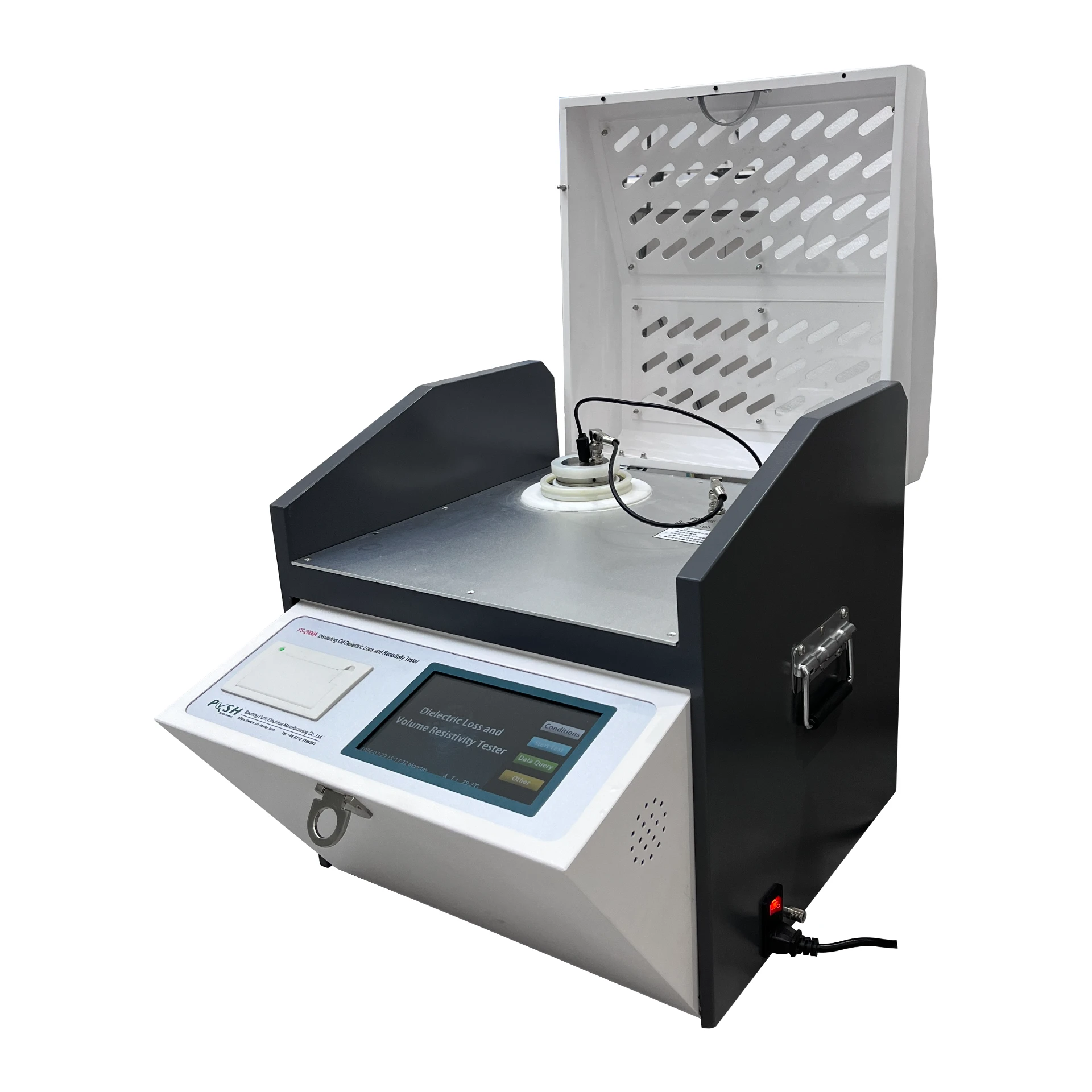TEL:
+86-0312-3189593
 English
English

Telephone:0312-3189593

Email:sales@oil-tester.com

-
 Afrikaans
Afrikaans -
 Albanian
Albanian -
 Amharic
Amharic -
 Arabic
Arabic -
 Armenian
Armenian -
 Azerbaijani
Azerbaijani -
 Basque
Basque -
 Belarusian
Belarusian -
 Bengali
Bengali -
 Bosnian
Bosnian -
 Bulgarian
Bulgarian -
 Catalan
Catalan -
 Cebuano
Cebuano -
 China
China -
 China (Taiwan)
China (Taiwan) -
 Corsican
Corsican -
 Croatian
Croatian -
 Czech
Czech -
 Danish
Danish -
 Dutch
Dutch -
 English
English -
 Esperanto
Esperanto -
 Estonian
Estonian -
 Finnish
Finnish -
 French
French -
 Frisian
Frisian -
 Galician
Galician -
 Georgian
Georgian -
 German
German -
 Greek
Greek -
 Gujarati
Gujarati -
 Haitian Creole
Haitian Creole -
 hausa
hausa -
 hawaiian
hawaiian -
 Hebrew
Hebrew -
 Hindi
Hindi -
 Miao
Miao -
 Hungarian
Hungarian -
 Icelandic
Icelandic -
 igbo
igbo -
 Indonesian
Indonesian -
 irish
irish -
 Italian
Italian -
 Japanese
Japanese -
 Javanese
Javanese -
 Kannada
Kannada -
 kazakh
kazakh -
 Khmer
Khmer -
 Rwandese
Rwandese -
 Korean
Korean -
 Kurdish
Kurdish -
 Kyrgyz
Kyrgyz -
 Lao
Lao -
 Latin
Latin -
 Latvian
Latvian -
 Lithuanian
Lithuanian -
 Luxembourgish
Luxembourgish -
 Macedonian
Macedonian -
 Malgashi
Malgashi -
 Malay
Malay -
 Malayalam
Malayalam -
 Maltese
Maltese -
 Maori
Maori -
 Marathi
Marathi -
 Mongolian
Mongolian -
 Myanmar
Myanmar -
 Nepali
Nepali -
 Norwegian
Norwegian -
 Norwegian
Norwegian -
 Occitan
Occitan -
 Pashto
Pashto -
 Persian
Persian -
 Polish
Polish -
 Portuguese
Portuguese -
 Punjabi
Punjabi -
 Romanian
Romanian -
 Russian
Russian -
 Samoan
Samoan -
 Scottish Gaelic
Scottish Gaelic -
 Serbian
Serbian -
 Sesotho
Sesotho -
 Shona
Shona -
 Sindhi
Sindhi -
 Sinhala
Sinhala -
 Slovak
Slovak -
 Slovenian
Slovenian -
 Somali
Somali -
 Spanish
Spanish -
 Sundanese
Sundanese -
 Swahili
Swahili -
 Swedish
Swedish -
 Tagalog
Tagalog -
 Tajik
Tajik -
 Tamil
Tamil -
 Tatar
Tatar -
 Telugu
Telugu -
 Thai
Thai -
 Turkish
Turkish -
 Turkmen
Turkmen -
 Ukrainian
Ukrainian -
 Urdu
Urdu -
 Uighur
Uighur -
 Uzbek
Uzbek -
 Vietnamese
Vietnamese -
 Welsh
Welsh -
 Bantu
Bantu -
 Yiddish
Yiddish -
 Yoruba
Yoruba -
 Zulu
Zulu
sty . 13, 2025 11:47
Back to list
oil distillation plant cost
Running a successful oil distillation plant requires a detailed understanding of costs, technological advancements, and operational efficiencies. As energy demands surge globally, precision in managing these factors can set industry leaders apart in this competitive field.
Supply chain strategies and procurement processes are equally crucial to manage costs effectively. Establishing robust relationships with reliable suppliers can result in cost savings from bulk purchases and more favorable contract terms. Moreover, maintaining a strategic inventory ensures that the plant operates without interruptions due to resource shortages. Adhering to environmental regulations and standards is not only a legal obligation but also a cost consideration. Non-compliance can lead to hefty fines and damaging reputational risks. Investing in pollution control technologies and sustainable practices safeguards the plant against these risks. Furthermore, maintaining transparency in operations builds trust with stakeholders and enhances the credibility of the business in the market. In terms of product competitiveness, diversifying the range of distilled products can meet different market demands and cushion against price volatility. This adaptability requires a keen understanding of market trends and consumer behavior, enabling the plant to align its output with dynamic market needs. Partnerships and collaborations with industry experts and academic institutions can enrich the plant’s expertise. These relationships foster innovation, provide access to the latest research, and help in developing cost-effective solutions tailored to specific operational challenges. Overall, the cost of operating an oil distillation plant is a multifaceted challenge that necessitates a careful balance between capital investments, operational efficiencies, and compliance with environmental and safety standards. By focusing on these areas and leveraging modern technologies and workforce capabilities, businesses can ensure sustainable growth and maintain a competitive edge in the oil industry.


Supply chain strategies and procurement processes are equally crucial to manage costs effectively. Establishing robust relationships with reliable suppliers can result in cost savings from bulk purchases and more favorable contract terms. Moreover, maintaining a strategic inventory ensures that the plant operates without interruptions due to resource shortages. Adhering to environmental regulations and standards is not only a legal obligation but also a cost consideration. Non-compliance can lead to hefty fines and damaging reputational risks. Investing in pollution control technologies and sustainable practices safeguards the plant against these risks. Furthermore, maintaining transparency in operations builds trust with stakeholders and enhances the credibility of the business in the market. In terms of product competitiveness, diversifying the range of distilled products can meet different market demands and cushion against price volatility. This adaptability requires a keen understanding of market trends and consumer behavior, enabling the plant to align its output with dynamic market needs. Partnerships and collaborations with industry experts and academic institutions can enrich the plant’s expertise. These relationships foster innovation, provide access to the latest research, and help in developing cost-effective solutions tailored to specific operational challenges. Overall, the cost of operating an oil distillation plant is a multifaceted challenge that necessitates a careful balance between capital investments, operational efficiencies, and compliance with environmental and safety standards. By focusing on these areas and leveraging modern technologies and workforce capabilities, businesses can ensure sustainable growth and maintain a competitive edge in the oil industry.
Previous:
Latest news
-
Testing Equipment Industry Sees Major Advancements in 2025: Smart & Precision Technologies Lead the WayNewsJun.06,2025
-
Applications of Direct Current Generators in Renewable Energy SystemsNewsJun.05,2025
-
Hipot Tester Calibration and Accuracy GuidelinesNewsJun.05,2025
-
Digital Circuit Breaker Analyzer Features and BenefitsNewsJun.05,2025
-
Benefits of Real-Time Power Quality Monitoring Devices for Industrial EfficiencyNewsJun.05,2025
-
Earth Fault Loop Testing in High-Rise Building Electrical SystemsNewsJun.05,2025



